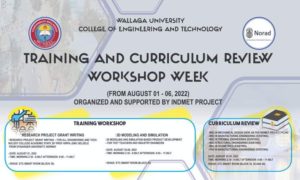Abstract
The aim of this study is to analyze the effects of additive manufacturing (AM) best practices on supply chain (SC) performance. The study developed conceptual framework with four AM best practice as independent variables and five SC performance measuring factors as dependent variables. To test the developed model and hypothesis, data’s has been collected from 129 respondents from 29 footwear industries in Ethiopia. AMOS v.23 is used to test model fit with confirmatory factor analysis (CFA) (χ2/df, RMSEA, CFI, GFI, RMR, Tucker-Lewis index (TLI)). Reliability analysis was carried out to test the reliability and stability of the research questionnaires. Correlation analysis was performed to test the strength and association between dependent and independent variables. And to test the developed hypothesis structural equation modelling (SEM) or paths analysis was used. The findings of the CFA result indicated that data fit the model reasonably well. The finds of correlation analysis indicated that, AM best practices have positive, strong and significant relationship with cost, time and reliability related factors of SC performance. But it has very weak and insignificant relationship with customer related factors. In addition, the findings revelled that AM best practices have negative and insignificant relationship with supplier related factors. On the other hands, the findings of SEM confirmed that the identified four AM best practices positively and significantly improve SC performance. And this study concludes that manufacturing flexibility, material utilization, environmental control and product design optimization of AM plays a vital role in improving SC performance.
Authors
T Lemma , E M Gutema , and H G Lemu
Read full article here.



